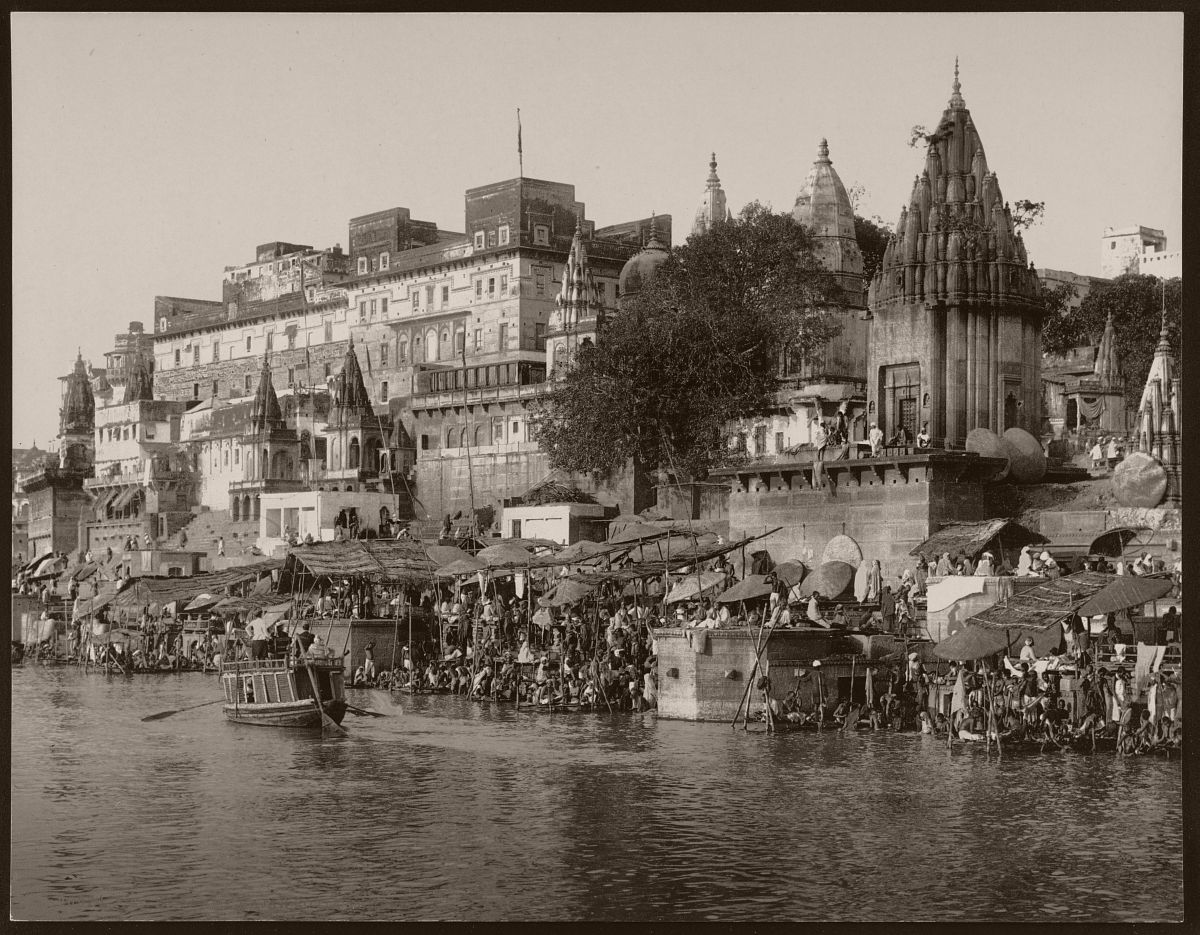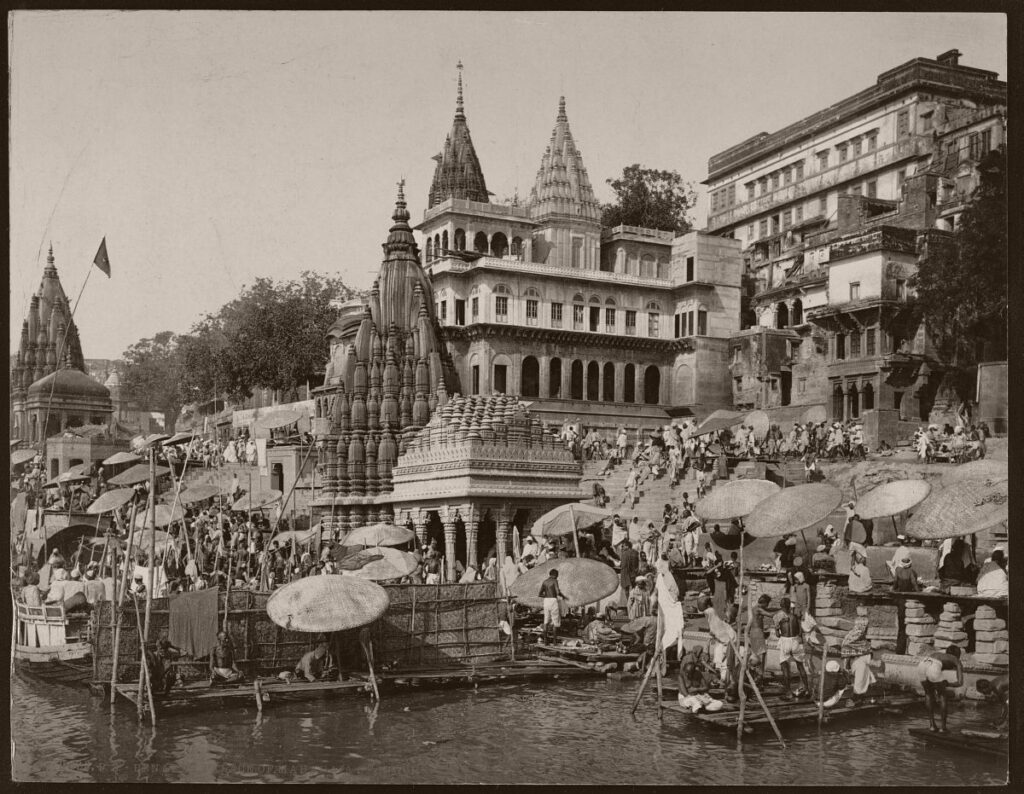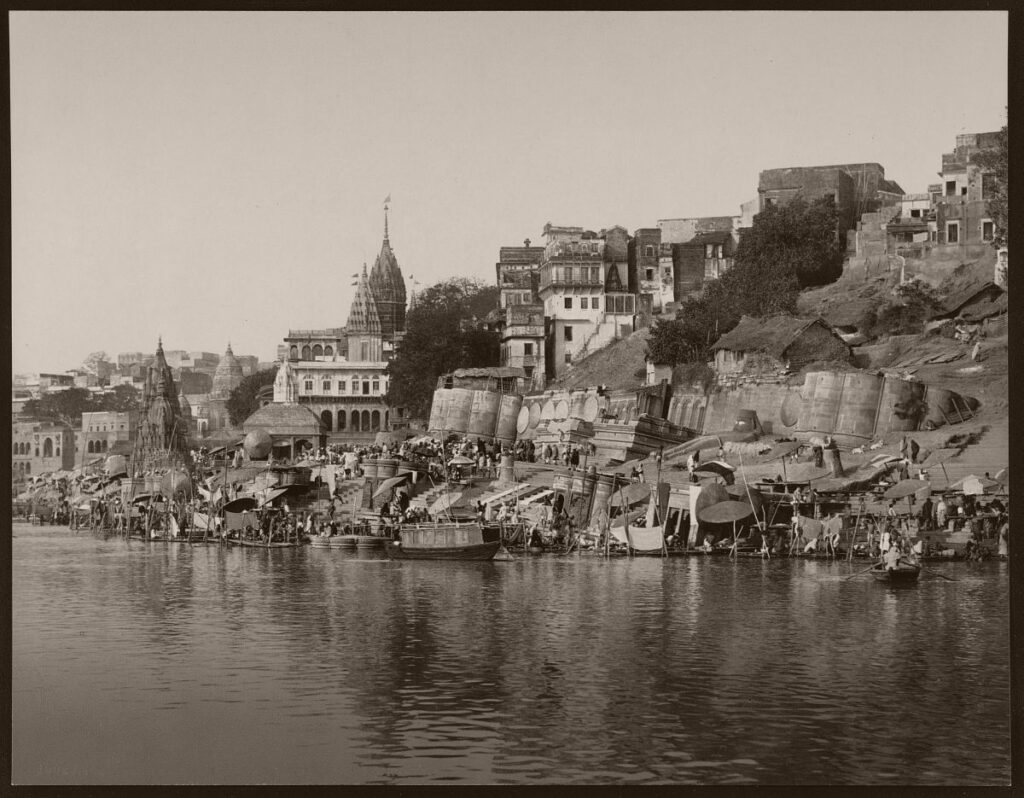
Varanasi, also known as Banaras or Kashi, is one of the oldest and most sacred cities in India. It has a rich and diverse history that spans thousands of years. Here’s an overview of its history:
Ancient Period (Pre-6th Century BCE): Varanasi’s history dates back to ancient times, with references in the Rigveda, one of the oldest sacred texts of Hinduism. It is believed that the city was already a significant center of religious and cultural activity during this period.
Buddhist Period (6th Century BCE – 12th Century CE): Gautama Buddha is said to have delivered his first sermon in Sarnath, a town near Varanasi. Sarnath became an important center for Buddhist learning and art. During this time, Varanasi continued to thrive as a cultural and religious hub.
Medieval Period (12th Century – 18th Century): Varanasi came under the rule of various dynasties, including the Mughals, during this period. It remained a center of learning, attracting scholars, poets, and artists. The city’s temples and ghats (steps leading down to the river) were built or renovated during this time.


Colonial Period (18th Century – Mid-20th Century): Varanasi came under British colonial rule in the 18th century. During this time, the city witnessed political and social changes. The Banaras Hindu University (BHU) was established in 1916, becoming a significant educational institution.
Post-Independence (Mid-20th Century – Present): After India gained independence in 1947, Varanasi continued to be an important cultural and religious center. It is a major pilgrimage site for Hindus and is known for its numerous ghats along the Ganges River, where various religious rituals and ceremonies take place.
Hinduism and Spirituality: Varanasi is considered one of the holiest cities in Hinduism. It’s believed to be the abode of Lord Shiva and the site of the Kashi Vishwanath Temple, dedicated to him. The city is also situated along the banks of the sacred Ganges River, where many ghats (steps leading to the river) are used for religious rituals, including bathing and cremation ceremonies.
Islamic Rule: The city came under the rule of various dynasties and empires over the centuries. During the medieval period, it experienced periods of Islamic rule. It was under the control of the Delhi Sultanate and later the Mughal Empire.
Modern Times: In recent times, Varanasi has also undergone modernization and urban development efforts. However, the city’s ancient charm, spirituality, and cultural heritage remain deeply rooted.
Throughout its history, Varanasi has attracted scholars, artists, pilgrims, and tourists from around the world. Its narrow winding streets, ancient temples, vibrant markets, and the serene banks of the Ganges contribute to its unique and enduring appeal. The city’s history is deeply intertwined with India’s cultural and religious identity, making it a timeless and cherished destination.
